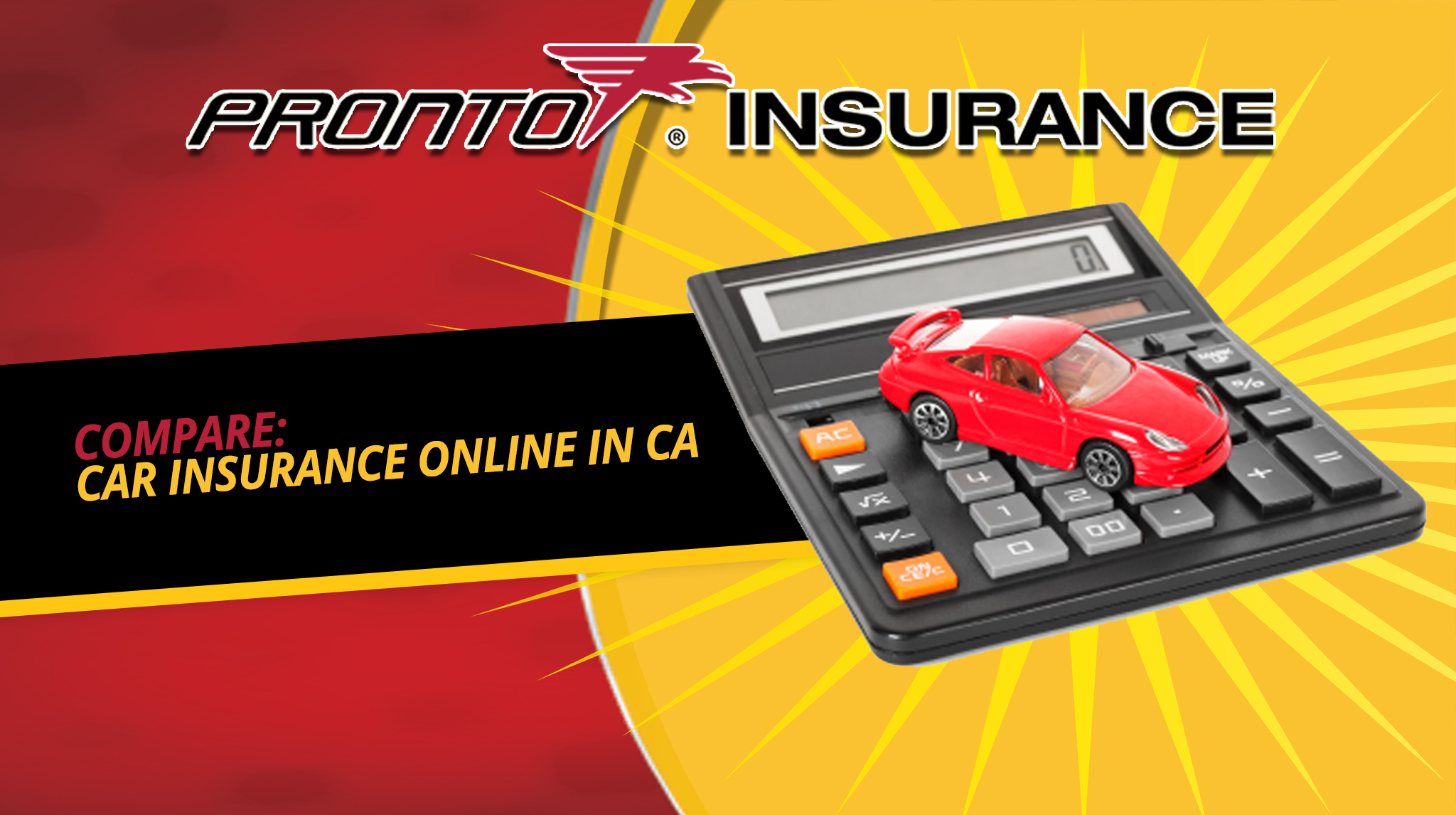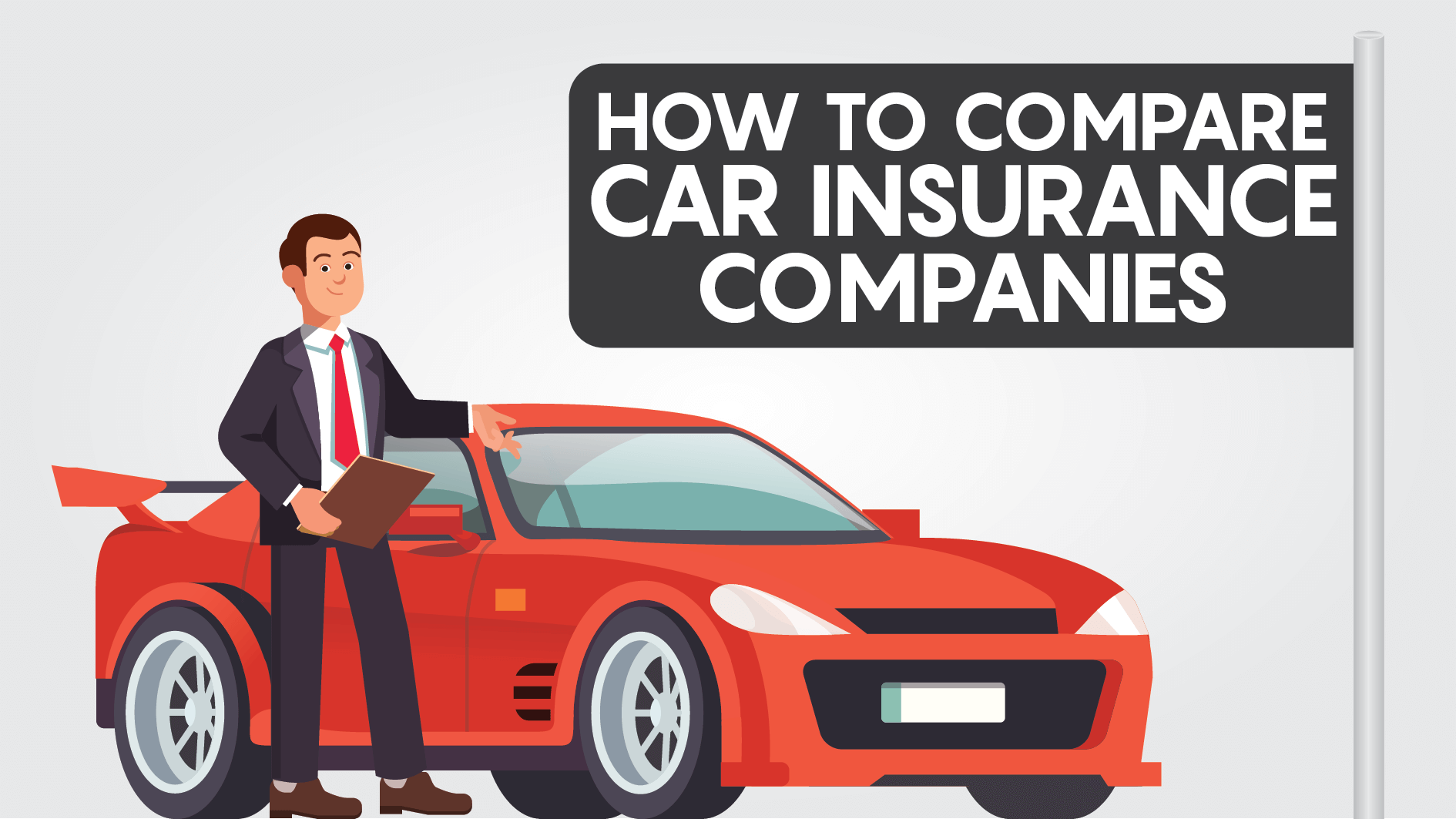
How to Compare Car Insurance Quotes Like a Pro: A Comprehensive Guide
Getting car insurance is a crucial part of responsible vehicle ownership. It protects you financially in case of accidents, theft, or damage. However, navigating the world of car insurance can be confusing, especially when it comes to comparing quotes. With so many providers and coverage options available, it’s essential to know how to compare car insurance quotes effectively to find the best policy for your needs and budget.
This comprehensive guide will walk you through the process step by step, ensuring you make an informed decision.
1. Understanding the Basics of Car Insurance
Before diving into the comparison process, it’s important to understand the fundamental aspects of car insurance. This knowledge will help you assess your needs and interpret the details in the quotes you receive.
- Liability Coverage: This is the most basic type of coverage and is often legally required. It covers damages and injuries you cause to others in an accident where you are at fault. It typically includes:
- Bodily Injury Liability: Covers medical expenses, lost wages, and pain and suffering for people injured in an accident you caused.
- Property Damage Liability: Covers the cost of repairing or replacing damaged property, such as another person’s car or fence, in an accident you caused.
- Collision Coverage: This covers damage to your vehicle if you collide with another vehicle or object, regardless of who is at fault.
- Comprehensive Coverage: This covers damage to your vehicle from events other than collisions, such as theft, vandalism, fire, natural disasters, or hitting an animal.
- Uninsured/Underinsured Motorist Coverage: This protects you if you are hit by a driver who has no insurance or insufficient insurance to cover your damages.
- Personal Injury Protection (PIP): In some states, PIP covers medical expenses and lost wages for you and your passengers, regardless of who is at fault.
- Deductible: This is the amount you pay out-of-pocket before your insurance coverage kicks in. Choosing a higher deductible typically lowers your premium, but you’ll have to pay more if you file a claim.
- Premium: This is the amount you pay regularly (monthly, quarterly, or annually) to maintain your insurance coverage.
2. Gathering Information Before You Start
Before you start requesting quotes, gather all the necessary information to ensure accuracy and consistency. This will streamline the process and help you get the most relevant quotes.
- Driver Information:
- Full name, date of birth, and driver’s license number for all drivers listed on the policy.
- Driving history, including accidents, traffic violations, and suspensions.
- Vehicle Information:
- Year, make, and model of each vehicle you want to insure.
- Vehicle identification number (VIN).
- Estimated annual mileage.
- How the vehicle is primarily used (e.g., commuting, personal use).
- Current Insurance Information:
- Details of your current insurance policy, including coverage limits, deductibles, and premium.
- Expiration date of your current policy.
- Coverage Preferences:
- Desired coverage limits for liability, collision, and comprehensive coverage.
- Preferred deductible amounts.
3. Where to Get Car Insurance Quotes
There are several ways to obtain car insurance quotes. Here’s a look at the most common methods:
- Online Insurance Company Websites: Many insurance companies allow you to get quotes directly from their websites. This is a convenient way to gather multiple quotes quickly.
- Independent Insurance Agents: Independent agents work with multiple insurance companies and can provide quotes from various providers. They can also offer personalized advice and guidance.
- Captive Insurance Agents: Captive agents represent a single insurance company. They can provide detailed information about that company’s products and services.
- Online Comparison Websites: These websites allow you to enter your information once and receive quotes from multiple insurance companies. However, be aware that not all companies may be represented on these sites.
4. Key Factors to Consider When Comparing Quotes
When you start receiving quotes, don’t just focus on the price. Consider these other important factors:
- Coverage Limits: Ensure that the coverage limits are adequate to protect you in case of a serious accident. Consider your assets and potential liabilities when choosing coverage limits.
- Deductibles: Balance the deductible amount with your ability to pay out-of-pocket expenses. A lower deductible means a higher premium, and vice versa.
- Types of Coverage: Determine which types of coverage are essential for your needs. For example, if you live in an area prone to severe weather, comprehensive coverage may be a worthwhile investment.
- Discounts: Check for available discounts, such as safe driver discounts, multi-policy discounts, student discounts, and discounts for vehicle safety features.
- Reputation and Customer Service: Research the insurance company’s reputation and customer service ratings. Check online reviews and ratings from sources like the Better Business Bureau (BBB).
- Financial Stability: Ensure that the insurance company has strong financial stability. This is important because you want to be confident that the company will be able to pay out claims if necessary. Check financial ratings from agencies like A.M. Best.
- Policy Exclusions: Carefully review the policy exclusions to understand what situations are not covered.
5. Step-by-Step Guide to Comparing Quotes
Now that you have a good understanding of the factors to consider, here’s a step-by-step guide to comparing car insurance quotes:
- Gather Quotes from Multiple Sources: Aim to get at least three to five quotes from different insurance companies. This will give you a good range of options to compare.
- Review Coverage Details: Carefully examine the coverage limits, deductibles, and types of coverage offered in each quote. Make sure they align with your needs and preferences.
- Compare Prices: Compare the premiums for each quote, taking into account the coverage details. Don’t just choose the cheapest option without considering the other factors.
- Check for Discounts: Identify any discounts that you may be eligible for and ensure that they are applied to the quote.
- Research the Insurance Companies: Investigate the reputation, customer service ratings, and financial stability of each insurance company.
- Read the Fine Print: Carefully review the policy terms and conditions, including any exclusions or limitations.
- Ask Questions: If you have any questions or concerns, contact the insurance company or agent for clarification.
- Make a Decision: Based on your research and comparison, choose the policy that offers the best combination of coverage, price, and customer service.
6. Common Mistakes to Avoid
- Focusing Solely on Price: While price is important, it shouldn’t be the only factor you consider. Choosing the cheapest policy without considering coverage and customer service can be a costly mistake.
- Not Understanding Coverage Limits: Make sure you understand the coverage limits and that they are adequate to protect you financially.
- Ignoring Deductibles: Consider the deductible amount and how it will impact your out-of-pocket expenses if you file a claim.
- Failing to Disclose Information: Provide accurate and complete information when requesting quotes. Withholding information can lead to denial of coverage or cancellation of your policy.
- Not Reviewing the Policy Documents: Carefully review the policy documents to understand the terms and conditions of your coverage.
7. Tips for Saving Money on Car Insurance
- Increase Your Deductible: Raising your deductible can lower your premium, but make sure you can afford to pay the higher deductible if you file a claim.
- Bundle Your Insurance: Many insurance companies offer discounts for bundling your car insurance with other policies, such as home insurance.
- Maintain a Good Driving Record: Avoid accidents and traffic violations to maintain a good driving record, which can qualify you for lower rates.
- Drive a Safe Vehicle: Vehicles with good safety ratings and features may qualify for lower insurance rates.
- Take a Defensive Driving Course: Completing a defensive driving course may qualify you for a discount.
- Review Your Policy Regularly: Periodically review your policy and coverage to ensure that it still meets your needs and that you are getting the best possible rates.
Conclusion
Comparing car insurance quotes can be a time-consuming process, but it’s essential to ensure you get the best coverage at the best price. By understanding the basics of car insurance, gathering the necessary information, considering the key factors, and following the step-by-step guide outlined in this article, you can compare quotes like a pro and make an informed decision. Don’t be afraid to ask questions and take your time to research your options. The effort you put in will pay off in the long run by providing you with peace of mind and financial protection on the road.
